Head to head: Windows 7 vs Snow Leopard
In the second of our series of head to head reviews, we pit Microsoft’s Windows 7 operating system against Apple’s Mac OS X update Snow Leopard.
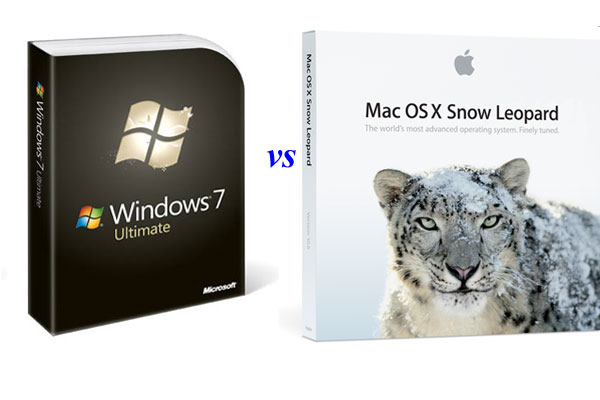

Features
Microsoft probably won't be shouting it to the hills, but the fact is that Windows is based on Windows Vista code - it's still same old Windows under the hood. Windows 7 is, of course, available in 32-bit and 64-bit versions and one of the main thrusts of Snow Leopard is that many of the native applications have been recompiled using 64-bit code. However, 32-bit code is still fully supported on both.
Apple has said that Snow Leopard now deals better than the competition for multi-core CPUs thanks to its Grand Central Station tech, which is designed to take the pain out of coding for multi-core threads. Devs can now code for the OS, rather than create multi-threaded code to start with, which is hard. However, we'll have to wait to see how effective this is, as developers still have to create Grand Central-aware apps.
Microsoft has made much of the fact that it has now baked touch support directly into the OS, and there's little doubt that the launch of the OS will spawn a flurry of touch-related computing platforms. That said, Mac OS has had multi-gesture support for a while, and if you've got a new MacBook Pro you get support for that via the touch-pad.
Delving deeper, while Apple has long offered solid-state drivers in the likes of its MacBook Air, Windows 7 has a step-up on it here with specific support for SSDs, which write data in a very different way to SATA drives.
For media, Apple has introduced Quicktime X, which has a highly minimalist interface that's very effective and a very simple, but also useful, video editing feature built right in. Window Media Player is fine but looks a touch dated now.
We also like the improved information shown in Snow Leopard when you view Wireless networks, but it's also much easier to join a network in Windows 7 than it was in Vista.
Sign up today and you will receive a free copy of our Future Focus 2025 report - the leading guidance on AI, cybersecurity and other IT challenges as per 700+ senior executives
Clearly there's some two and fro here so we'll have to make this one a draw.
Winner:Draw
Benny Har-Even is a twenty-year stalwart of technology journalism who is passionate about all areas of the industry, but telecoms and mobile and home entertainment are among his chief interests. He has written for many of the leading tech publications in the UK, such as PC Pro and Wired, and previously held the position of technology editor at ITPro before regularly contributing as a freelancer.
Known affectionately as a ‘geek’ to his friends, his passion has seen him land opportunities to speak about technology on BBC television broadcasts, as well as a number of speaking engagements at industry events.
-
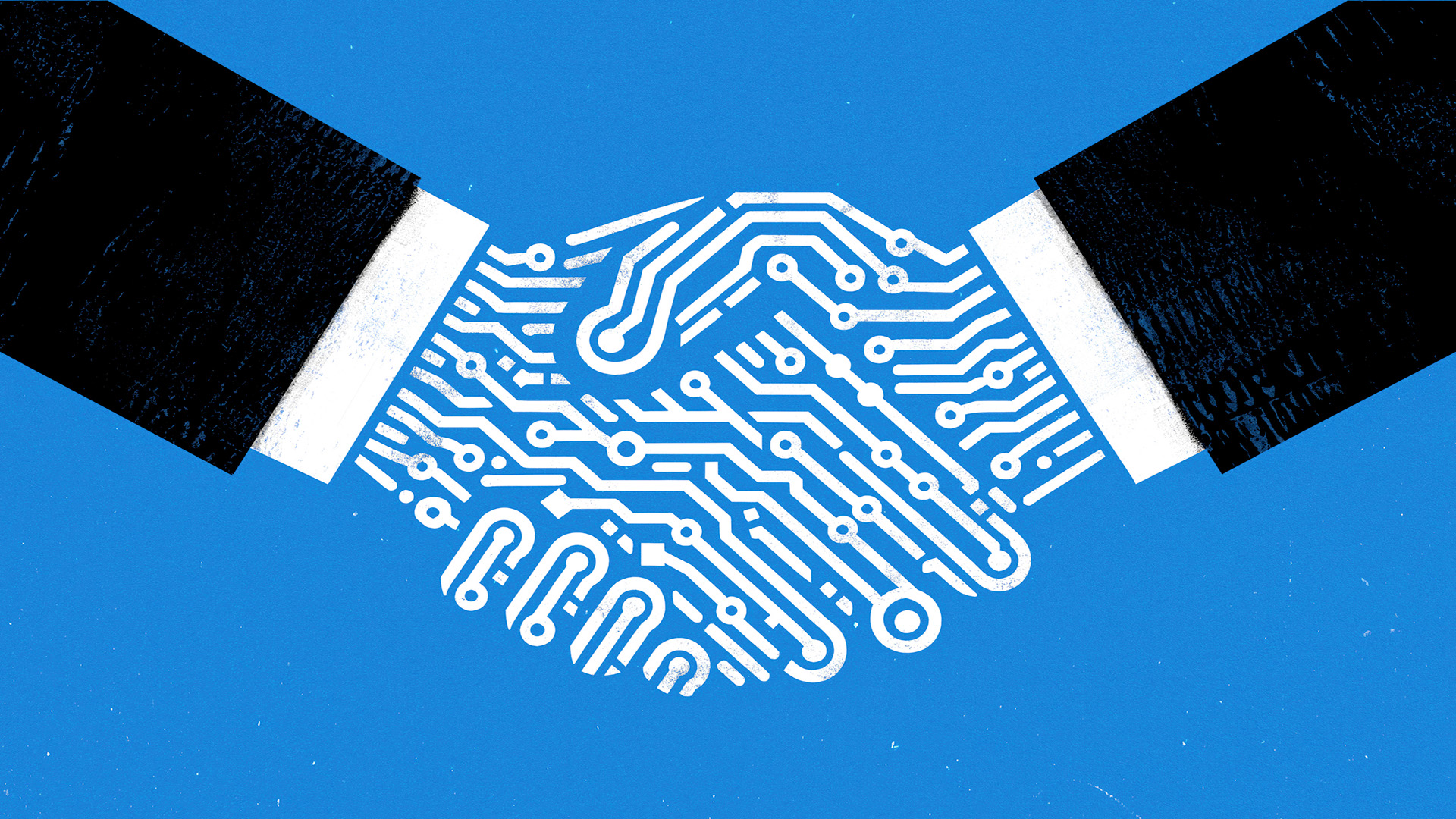 HackerOne eyes enterprise growth with double C-suite appointment
HackerOne eyes enterprise growth with double C-suite appointmentNews Seasoned industry executives Stephanie Furfaro and Stacy Leidwinger have joined the cyber security vendor’s executive team
-
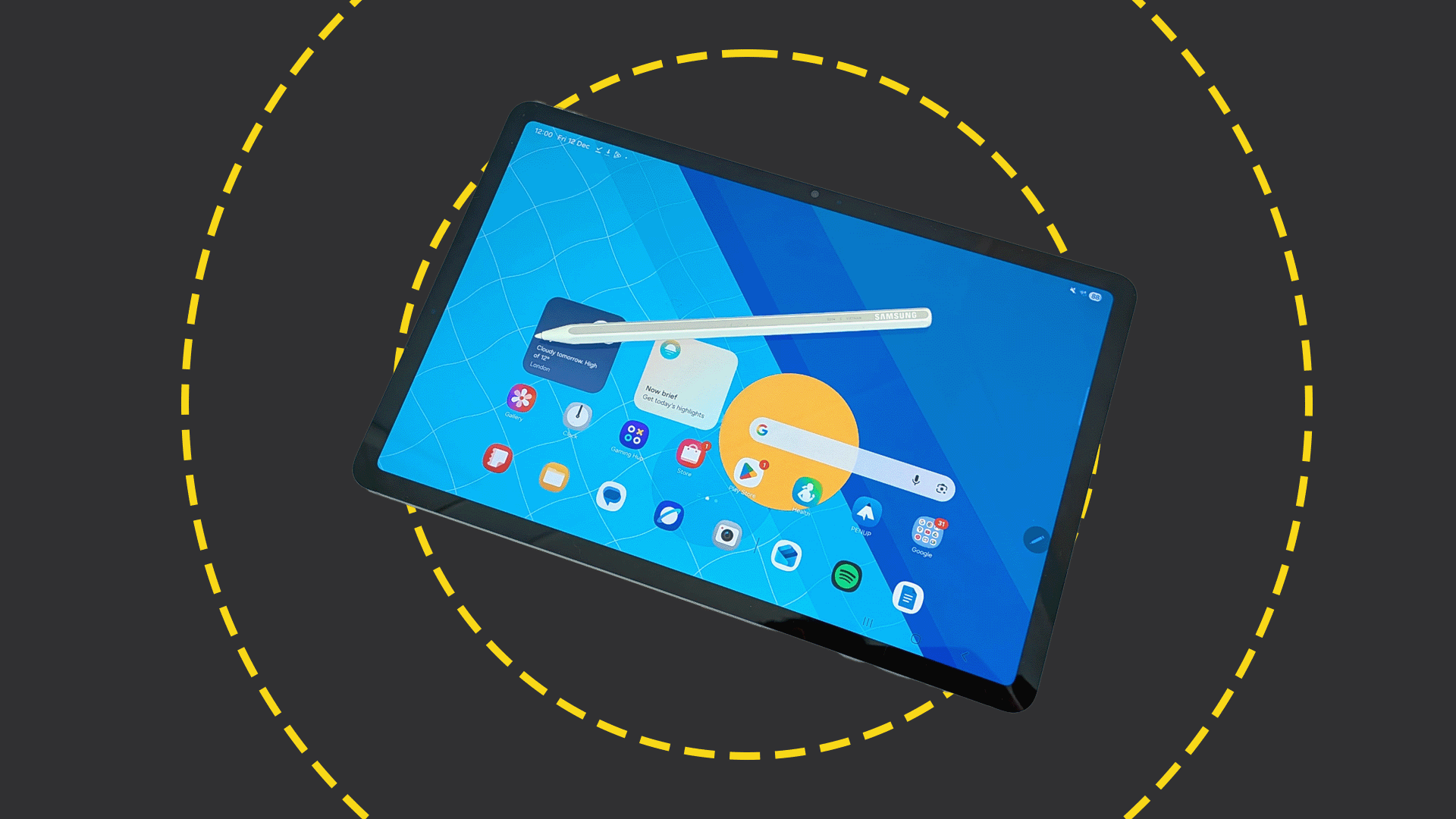 Samsung Galaxy Tab S11 review
Samsung Galaxy Tab S11 reviewReviews A brilliant lightweight tablet with a superb screen, but the competition makes it look expensive
-
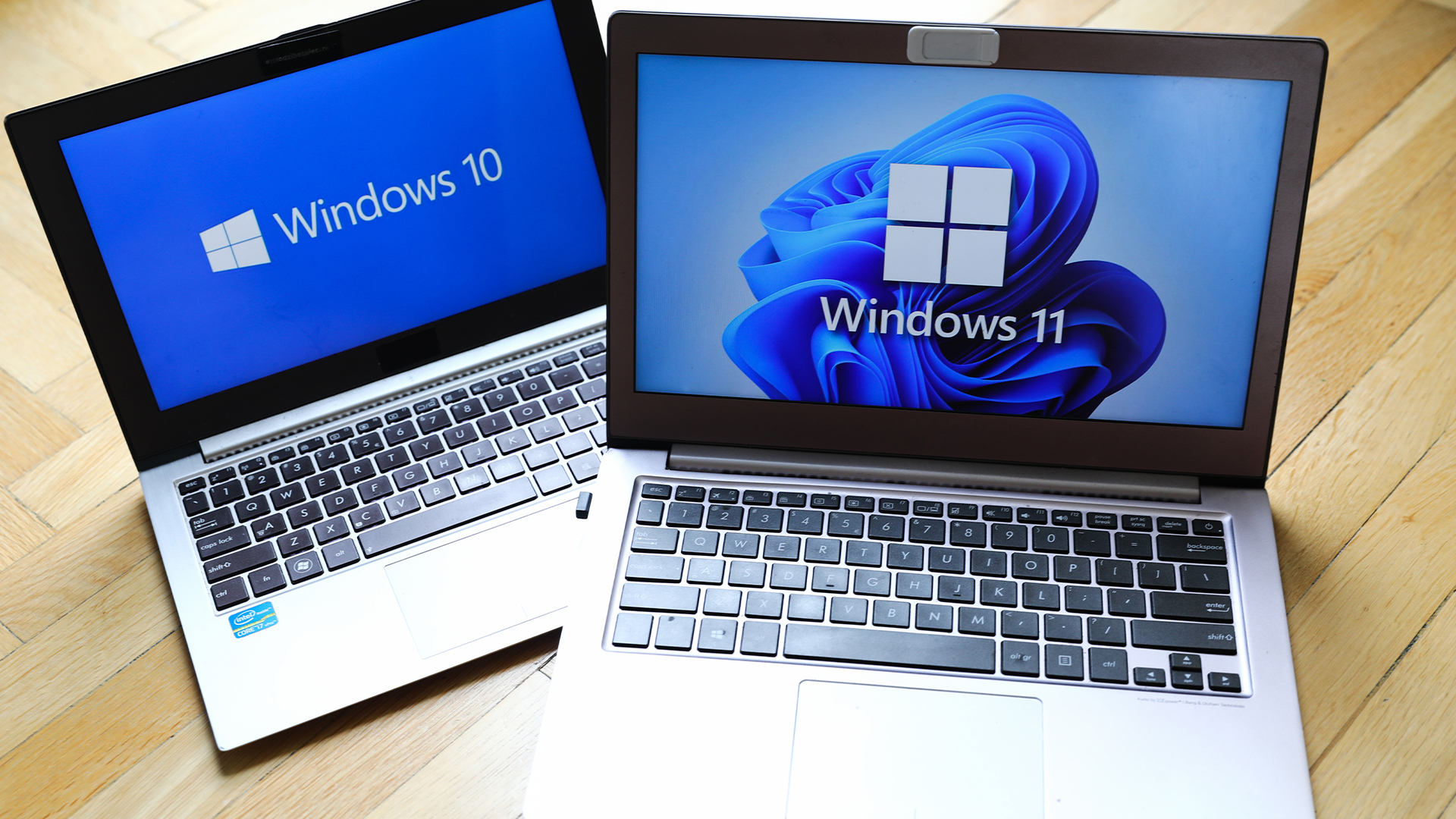 Windows 10 extended support costs could top $7 billion
Windows 10 extended support costs could top $7 billionNews Enterprises sticking with Windows 10 after the October deadline face huge costs
-
 Tiny11 review: Windows 11 with only 2GB of RAM
Tiny11 review: Windows 11 with only 2GB of RAMReview A version of Windows 11 for older machines that don't meet the full requirements
-
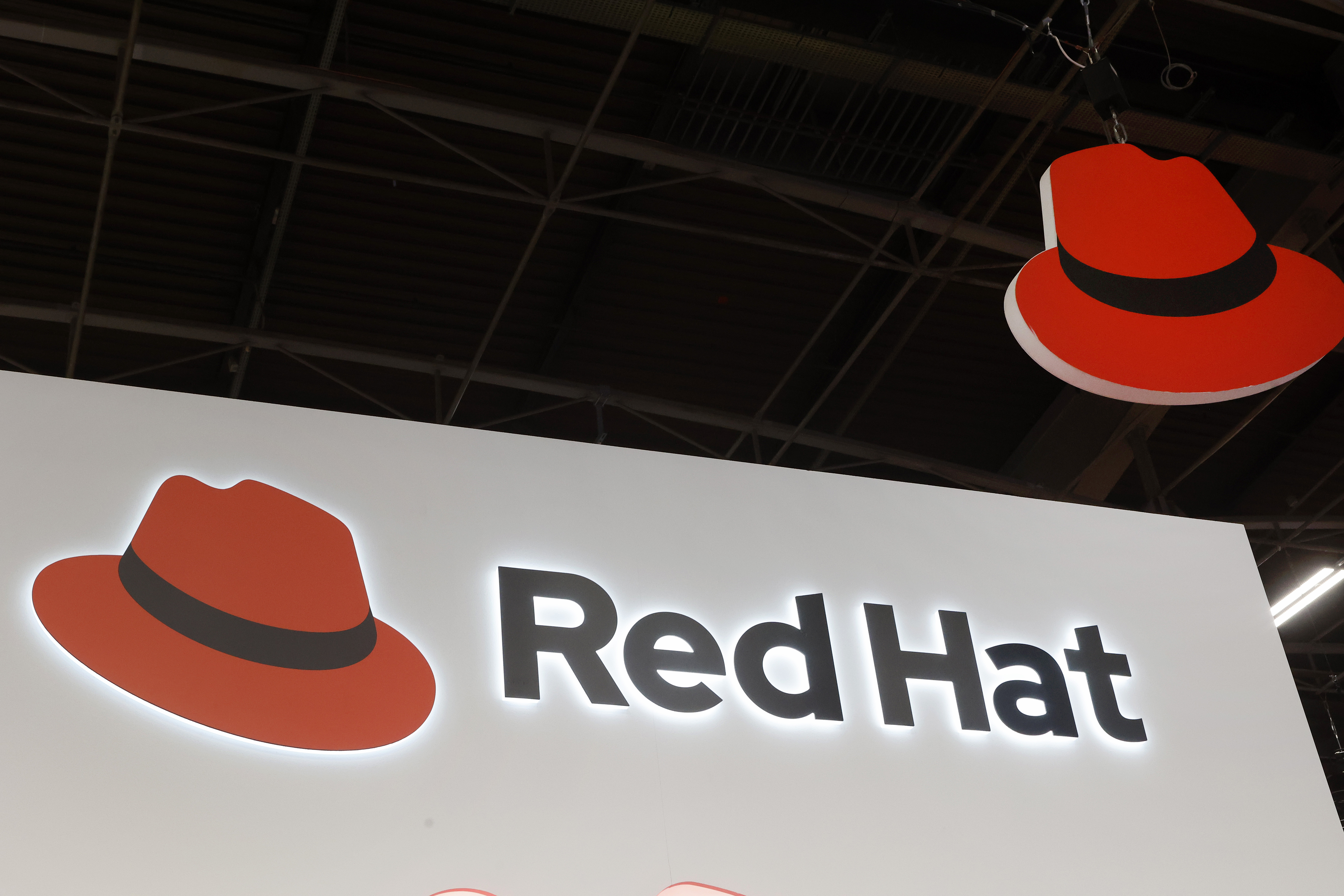 Red Hat Enterprise Linux becomes foundational operating system for Cohesity Data Cloud
Red Hat Enterprise Linux becomes foundational operating system for Cohesity Data CloudNews New strategic partnership between Red Hat and Cohesity aims to drive innovation in the data security and management space
-
 Ubuntu shifts to four-week update cycle
Ubuntu shifts to four-week update cycleNews Critical fixes will also come every two weeks, mitigating the issues involved with releasing prompt patches on the old three-week cadence
-
 AlmaLinux follows Oracle in ditching RHEL compatibility
AlmaLinux follows Oracle in ditching RHEL compatibilityNews Application binary compatibility is now the aim with 1:1 now dropped
-
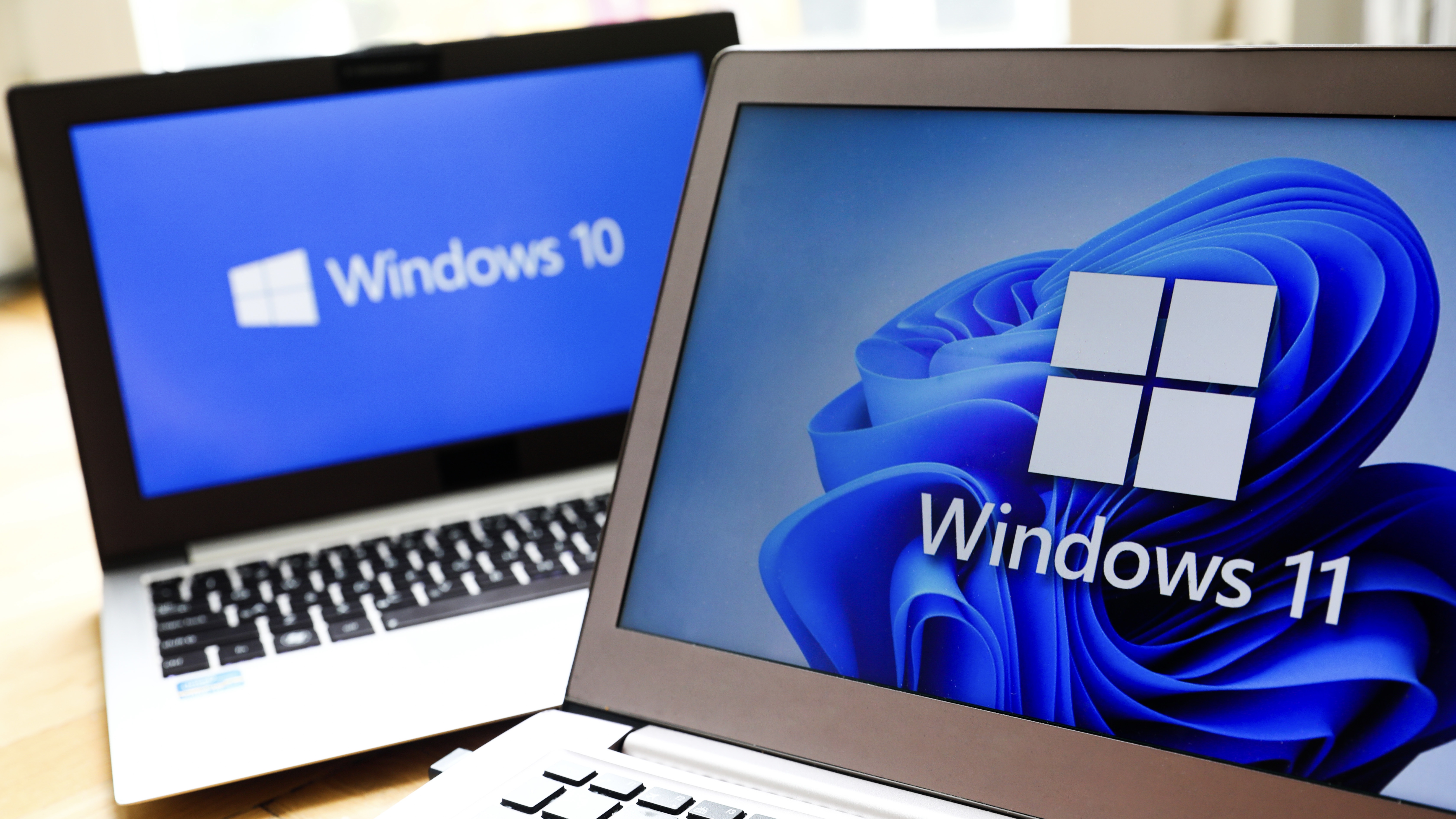 How big is the Windows 10 cliff-edge?
How big is the Windows 10 cliff-edge?ITPro Network With some comparing the upcoming Windows 10 end of life to Windows XP, we ask members of the ITPro Network for their insight
-
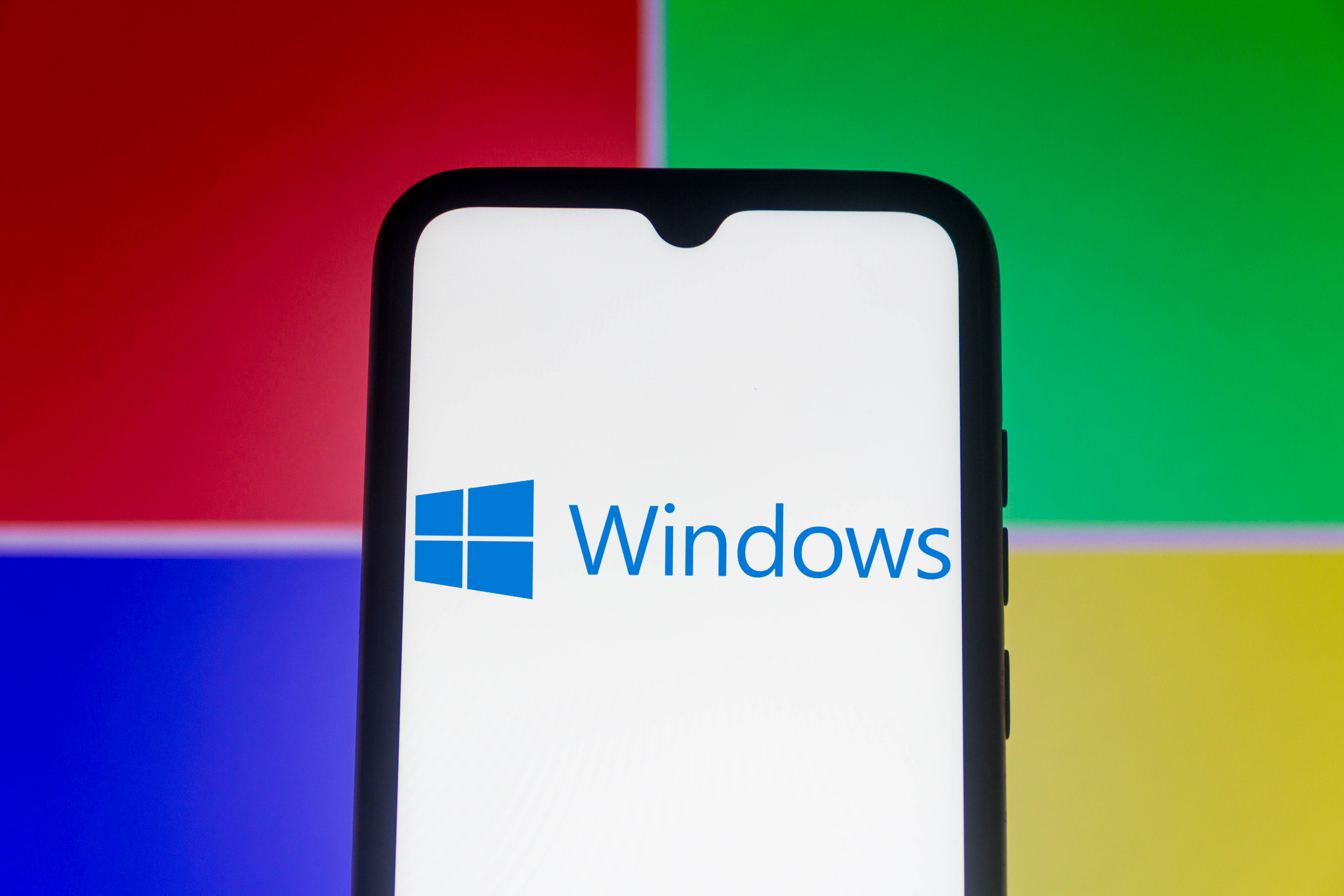 Everything you need to know about the latest Windows 11 updates - from bug fixes to brand-new features
Everything you need to know about the latest Windows 11 updates - from bug fixes to brand-new featuresNews Two new cumulative updates are on the way and will be installed automatically on Windows 10 and Windows 11 machines
-
 How to download a Windows 11 ISO file and perform a clean install
How to download a Windows 11 ISO file and perform a clean installTutorial Use a Windows 11 ISO to install the operating system afresh
